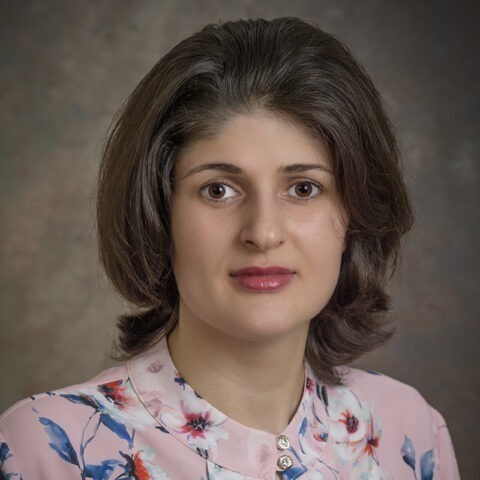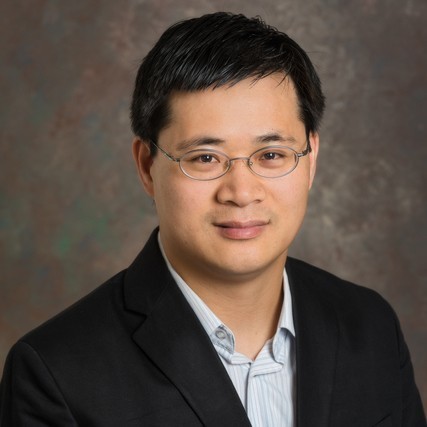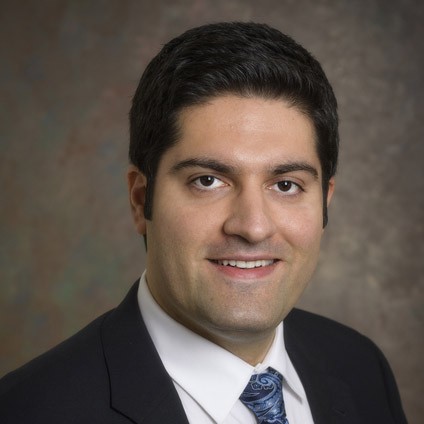Computer Vision, Robotics, and Autonomous Systems

Computer vision is the study of images and video in order to extract meaningful information (e.g., “Is there a person in this photograph?”), make measurements (e.g., “How tall is the person in this photograph?”), and ultimately achieve a task-specific understanding of what is being seen. Robust computer vision techniques have many important potential applications, and research at the University of Delaware covers several such areas. Prominent among these include scene understanding, computational photography, camera systems, biometrics, medical image analysis, mobile robot perception, remotely sensed image analysis, and metric reconstruction of indoor/outdoor scenes. Furthermore, several of our faculty members are actively working on autonomous systems, especially autonomous vehicles.
Courses
- CISC 442/642 Introduction to Computer Vision
- CISC 829 Computational Geometry
- CISC 849 Advanced Topics: Computational Photography and Videos
- CISC 849 Robot Navigation and Autonomy
- CISC 849 Deformable Bodies
- CISC 849 Advanced topics in Computer Vision
Computer Vision, Graphics and Robotics Laboratories
Connected and Autonomous Research (CAR) Lab
Professor Weisong Shi.
In partnership with our industry collaborators and community leaders, the CAR lab, led by Professor Weisong Shi, aims to design and implement enabling technologies, including real-time operating systems, edge computing, C-V2X, data analytics and applications, a secure trusted execution environment, privacy–preserving models and tools, to realize the vision of connected and autonomous systems.
Deep-REAL Laboratory (GILab)
208 Smith Hall, Professor Xi Peng.
The 10 megapixel digital camera is not the be-all and end-all of image capture. Cameras that capture images in unusual ways and combinations of cameras can deliver useful display of three-dimensional (3D) information. Our laboratory focuses on designing new generations of cameras that can capture rich information as such. We also conduct research in a broad range of topics in computer graphics and vision, including real-time rendering, geometric modeling, computational imaging/photography and visual analytics.
Dynamic Vision Laboratory
211 Smith Hall, Professor Christopher Rasmussen.
We study problems at the juncture of computer vision and robotics. From following roads and cars in a robot race to creating models of buildings from handheld video to tracking people, we work on efficient algorithms for navigation, scene understanding, and interaction.
VIMS Vision Laboratory
212 Smith Hall, Professor Chandra Kambhametu.
VIMS (Video/Image Modeling and Synthesis) Lab encompasses research in areas related to computer vision and graphics. Our current research topics include camera systems, structure and motion recovery, stereo vision, facial image analysis, medical image analysis, object recognition and scene understanding, scientific visualization. Work done at VIMS explores solutions to challenging real-world problems such as Arctic ice motion and thickness studies, medical diagnosis and assistive robotics.








